Sargon I
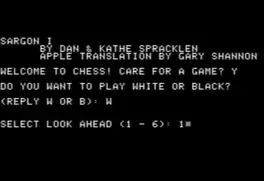
Buy
Part of collection:
Sargon
(last 3 games)
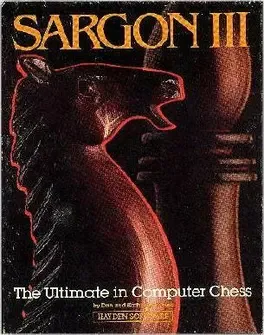
Third in a series of chess games.

Origin The original SARGON was written by Dan and Kathleen 'Kathe' Spracklen in a Z80-based computer called Wavemate Jupiter III[1] using assembly language through TDL Macro Assembler. The name was originally written entirely in capitals because early computer operating systems such as CP/M did not support lower-case file names. Introduction SARGON was introduced at the 1978 West Coast Computer Faire where it won the first computer chess tournament held strictly for microcomputers, with a score of 5-0.[2][3] This success encouraged the authors to seek financial income by selling the program directly to customers. Since magnetic media were not widely available at the time, the authors placed an advert in Byte Magazine and mailed $15 photocopied listings that would work in any Z80-based microcomputer.[1] Availability of the source code allowed porting to other machines. For example, the March–April 1979 issue of Recreational Computing describes a project that converted Sargon to an 8080 program by using macros. Later the Spracklens were contacted by Hayden Books and a book was published.[4] Commercialization through electronic media When magnetic media publishing became widely available, a Navy Petty Officer, Paul Lohnes, ported Sargon to the TRS-80, altering both graphics, input, and housekeeping routines leaving the Spracklen's chess-playing algorithm intact. Paul consulted with the Spracklens, both living in San Diego at the time, to make the TRS-80 version an instant success with the help of Hayden Book's newly established software division: Hayden Software. Paul was not involved in further refinements to the TRS-80 version due to his reassignment to sea duty shortly after signing the deal with Hayden Software. In the early 1980s SARGON CHESS was ported to several earlier microcomputers, i.e. NASCOM (by Bits & PCs, 1981), Exidy Sorcerer, Sharp MZ 80K,[5] and many others. A complete rewrite was necessary later for the Apple II port, made by Kathleen's brother Gary Shannon. Both were published by Hayden Software. Sequels The Spracklens made significant improvements on the original program[1] and released Sargon II. In 1978 it tied for third at the ninth North American Computer Chess Championship despite being seeded ninth of 12 entries. Sargon finished only behind Belle and Chess 4.7, and defeated AWIT—running on a $5 million Amdahl mainframe—amazing the audience.[6][3][1] That year they published a series of articles in BYTE on computer chess programming,[2][7] stating "we think it would be nice if not everyone had to reinvent the wheel".[6] Sargon II was ported to a variety of personal computers popular in the early 1980s.[8] The game engine featured multiple levels of lookahead to make it more accessible to beginning chess players. BYTE in 1980 estimated that Sargon II had a 1500 rating at the highest tournament-time difficulty level, and speculated that it was the best chess program on sale, including dedicated devices.[9] Sargon 2.5, sold as a ROM module for the Chafitz Modular Game System, was identical to Sargon II but incorporated pondering.[10] It received a 1641 rating at the Paul Masson tournament in June–July 1979, and 1736 at the San Jose City College Open in January 1980.[3] Sargon 3.0 finished in seventh place at the October 1979 North American Computer Chess Championship. The competition had improved, but 3.0 drew against Cray Blitz and easily defeated Mychess, its main microcomputer rival. In December 3.0 easily won the second microcomputer championship in London.[3] In 1980, the Spracklens' Reversi game finished in first place at a computer tournament at Northwestern University, and in 1981 it finished in third place at the Santa Cruz Open Othello Tournament.[11] Sargon III was a complete rewrite from scratch. Instead of an exchange evaluator, this version used a capture search algorithm. Also included was a chess opening repertoire. This third version was written originally for the 6502 assembler and was commercially published by Hayden Software in 1983. Apple contacted the Spracklens and, after a port for 68000 assembly, Sargon III was the first third-party executable software for the Macintosh.[1] After the demise of Hayden Software, later chess programs were also released under the name Sargon, including Sargon IV (Spinnaker Software), Sargon V (Activision) and a CD-i title simply named Sargon Chess. The Spracklens concurrently wrote the engines for the dedicated chess computers produced by Fidelity Electronics, which won the first four World Microcomputer Chess Championships.
Could be interesting

The old Empire is crumbling. Younger hungrier realms wait like vultures for their chance to pick at the carcass. Thus begins the grand campaign of Sovereignty. Rule your realm wisely and decisively. Play as the Boruvian Empire and try to recapture former Imperial glories. Or play any of 34 other realms, each with their own rich history, culture and play-style.

The team behind the hit party games Fibbage, Quiplash, and YOU DON’T KNOW JACK presents Drawful 2, the game of terrible drawings and hilariously wrong answers! You use your phone or tablet to draw weird and funny things like “pitcher of nachos” or “death by trombone.” The other players type in what they think the (probably terrible) drawing is and those become the multiple-choice wrong answers. Then everyone - even an audience of potentially thousands – tries to guess the REAL answer. Drawful 2 is a go-to party game that everyone can play and enjoy!

A chess game co-designed by chess grandmaster Garry Kasparov. Players can face off against the computer or with other players in local multiplayer.
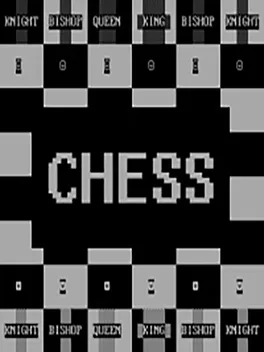
Chess was written in March, 1980 and converted to IBM PC in December, 1981. This is probably the very first chess game running in MS-DOS. Taking it's age into account, it's no surprise that the game features only text-mode graphics. The chess board and the pieces are drawn using ASCII characters. For the same reason, it's also no surprise that the user input is based just on keyboard commands. In Chess there is no multiplayer mode - you play only against the computer. As usual, in this kind of game, you can select the A.I.'s skill level. The game offers 24 difficulty levels.
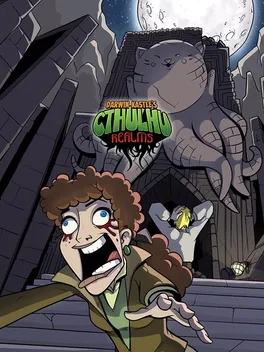
Star Realms has gone insane! Introducing Cthulhu Realms! Are you zany enough to play the crazier and creepier cousin of Star Realms? Download and play today to find out why Cthulhu Realms is so crazily addictive!
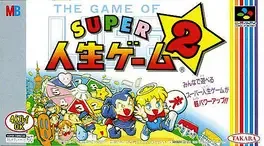
Super Jinsei Game 2 is a Miscellaneous game, developed by Kid and published by Takara, which was released in Japan in 1995.
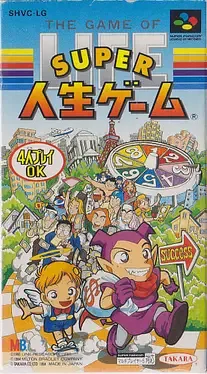
Super Jinsei Game is a video game adaptation of Milton Bradley's The Game of Life board game. Takara, the Japanese license holders for the game, commissioned a number of video game adaptations of the Jinsei Game (as the board game is known in Japan). This particular game is the first of three Super Famicom games, and is followed by 1995's Super Jinsei Game 2 and 1996's Super Jinsei Game 3. Geo Factory worked on Super Jinsei Game, but KID would go on to develop its two sequels. Up to four players take turns moving around the board, encountering events that either increase or decrease their current status. They must travel through childhood and various schools before they encounter adult problems like university and finding work. The player who earns the most money at the end is deemed the winner.
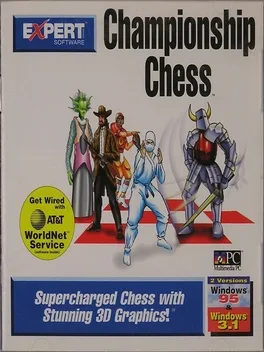
Championship Chess from Expert Software is a chess game that includes all of the features you would expect. It is a single player game with both 2D and 3D views, 6 chess sets and 5 boards. The background music is quite good and accents the various themes.
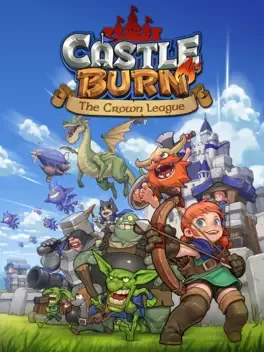
Lead the armies to victory in a fantasy RTS game.
